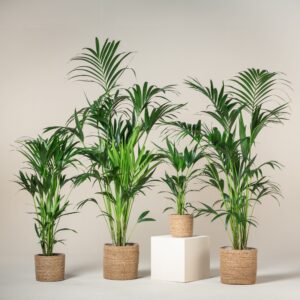Discover the secrets to cultivating a vibrant indoor garden by mastering the art of perfect lighting for your plants. Explore the science behind different light levels, learn to identify your plant’s specific needs, and uncover practical hacks to ensure your green companions thrive.
From sunlight to artificial sources, we’ll break down the essentials, helping you achieve a lush indoor oasis and become the ultimate plant parent. Say goodbye to wilted leaves and hello to a flourishing indoor jungle!
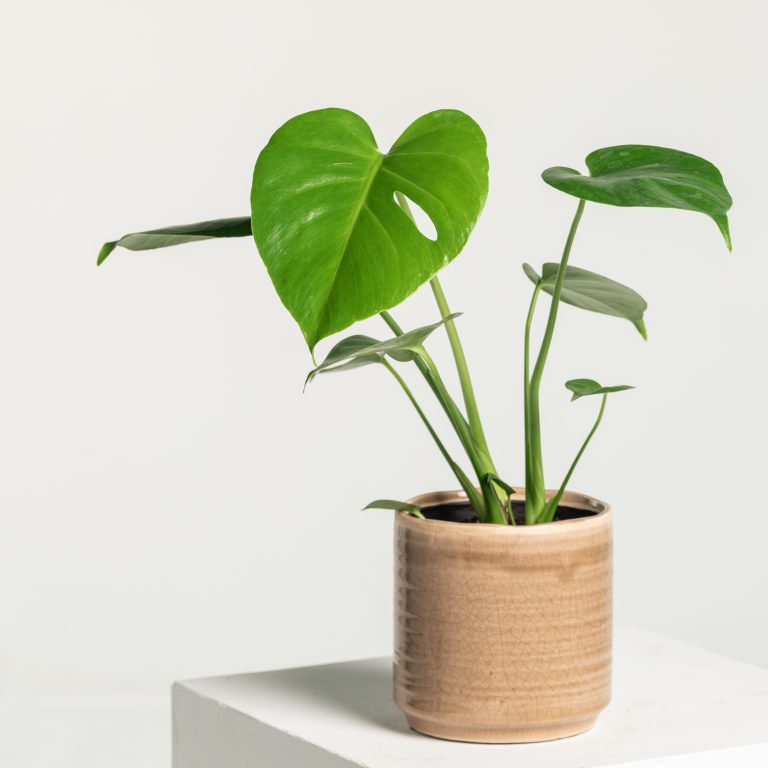
Understanding indoor light requirements
Getting the right position for a plant requires a combination of knowledge, trial, and experience. Searching for information online can often leave you more confused than when you started. Growing advice can vary depending on where in the world it was written: e.g. an Australian website may advise a plant needs full-shade but that advice doesn’t hold true in the UK where our latitude means the angle, and intensity, of the sun is very different.
We’ve created this simple guide that breaks down the various light exposures plants are likely to encounter in a British house or workplace.
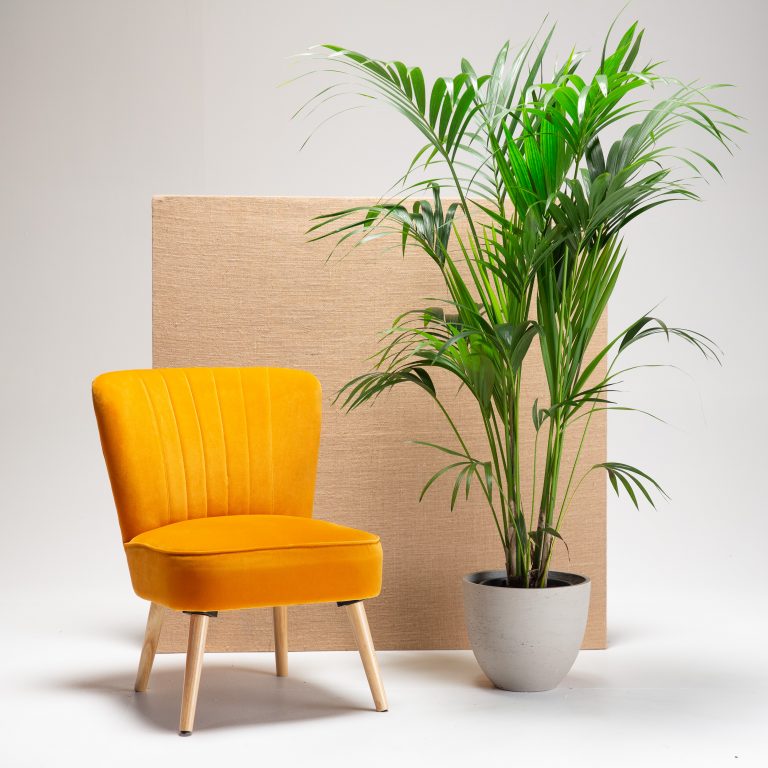
Sunlit Sanctuaries: South-Facing Windows
In the UK, harnessing the power of south-facing windows becomes a pivotal strategy for nurturing indoor plants. These windows, basking in the most direct sunlight throughout the day, are ideal for species with high light requirements. Consider placing cacti, succulents, Hibiscus and tough foliage plants (e.g. Strelitzia) in these sunlit sanctuaries. However, be cautious of potential drafts during winter, ensuring a balance between light exposure and temperature regulation.
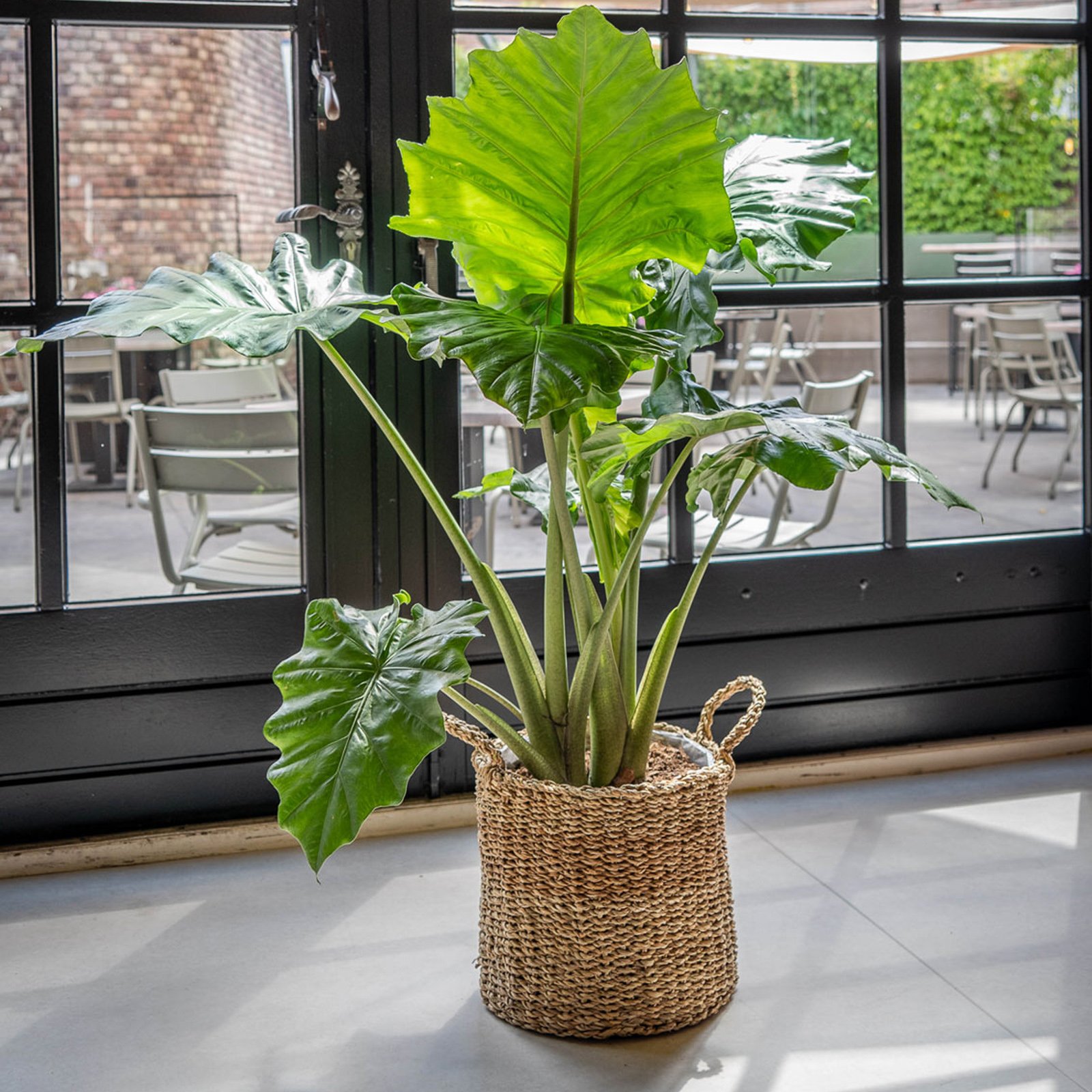
Gentle Morning Glow: East-Facing Windows
For those plants seeking a softer touch of sunlight, east-facing windows emerge as an excellent choice. Plants that thrive in filtered morning light, such as ferns and orchids, find their ideal home here. The gentle morning glow not only fosters growth but also provides a welcome respite for species that may be sensitive to more intense afternoon rays. East-facing windows strike a harmonious balance in the delicate dance of light and plant needs.
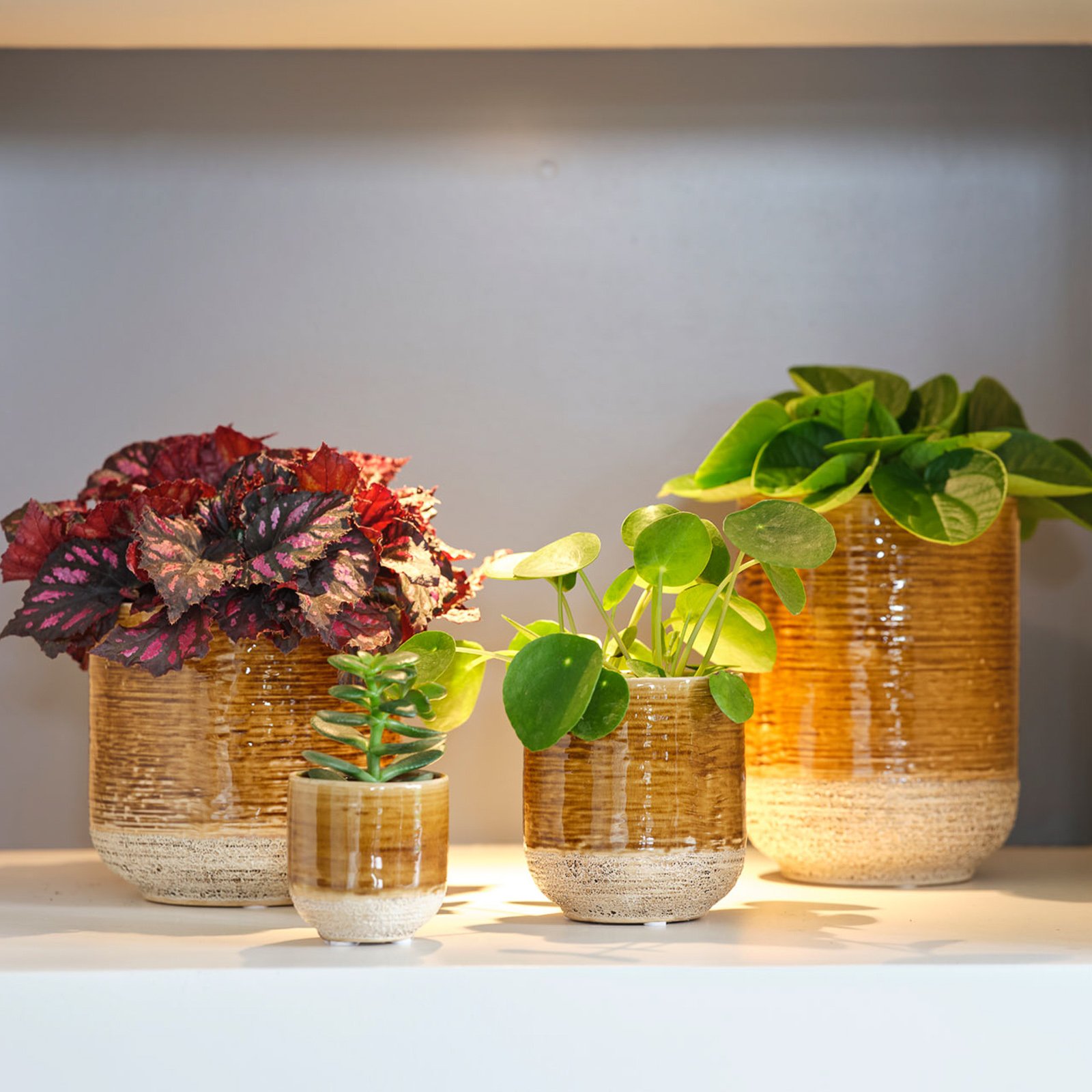
Embracing the Afternoon Rays: West-Facing Windows
As the day progresses, west-facing windows come into play, welcoming the more intense afternoon sunlight. This orientation suits plants that can withstand a bit of heat. Sun-loving species like cacti or jade plants find a perfect home here. However, it’s essential to monitor the light intensity, preventing potential sunburn on particularly sunny days. West-facing windows offer an opportunity to embrace the warmth of the afternoon sun, cultivating a diverse range of resilient indoor flora.
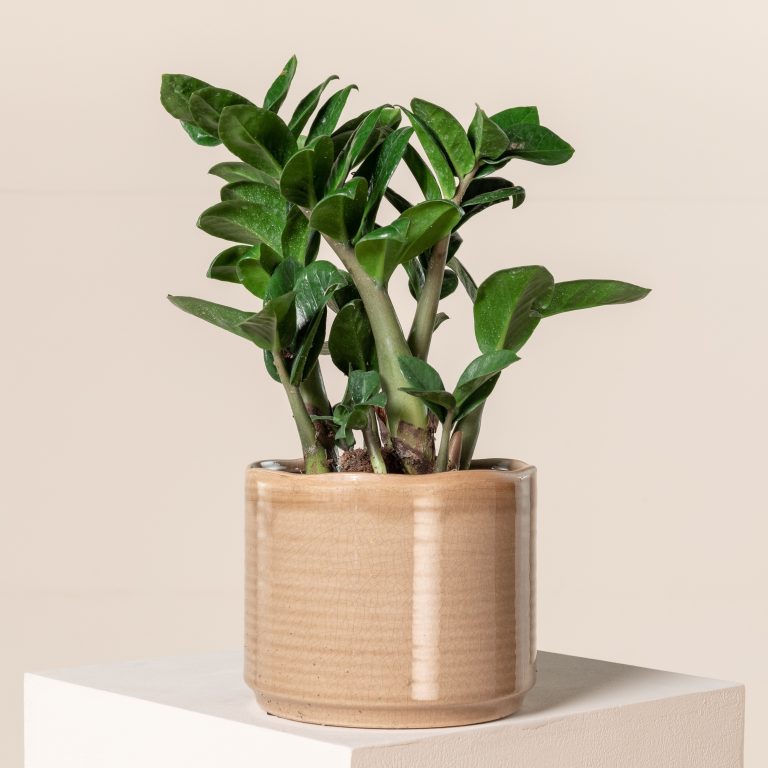
Thriving in Shadows: Plants for Shaded Indoor Spaces
Not all indoor spaces are blessed with ample natural light, especially in cold climates where shadows linger for extended periods. However, this doesn’t mean you have to forgo the joy of cultivating indoor greenery. Opt for plants that thrive in low-light conditions, making the most of shaded corners and dimly lit rooms. Some resilient options include snake plants (Sansevieria), ZZ plants (Zamioculcas zamiifolia), and pothos (Epipremnum aureum). These low-maintenance species have adapted to thrive in the shadows, making them perfect companions for spaces with limited access to sunlight. By choosing plants that match your indoor environment, you can turn even the darkest corners into thriving pockets of green serenity. If plants still refuse to grow in these conditions, consider supplementing them with artificial light (see below).
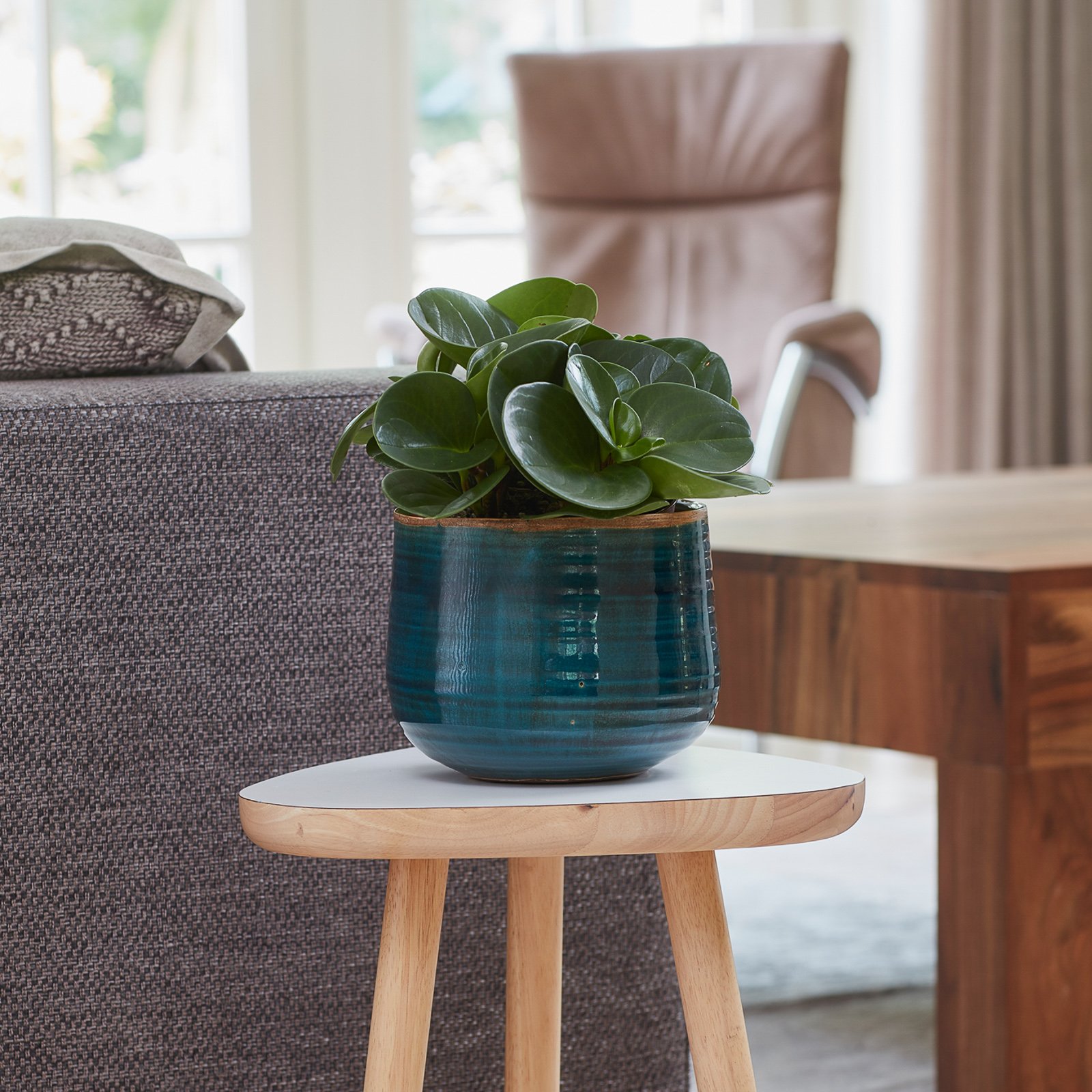
Illuminating the Shadows: Artificial Grow Lights
In colder climates where natural light may be limited, especially during the winter months, artificial grow lights step in as essential companions for indoor plants. LED or fluorescent grow lights can mimic the sun’s spectrum, providing the necessary light energy for photosynthesis. Placing these lights strategically and adjusting their intensity helps compensate for the lack of natural sunlight. Artificial illumination becomes a key ally in maintaining a thriving indoor garden, even when the outdoor world remains shrouded in winter darkness.
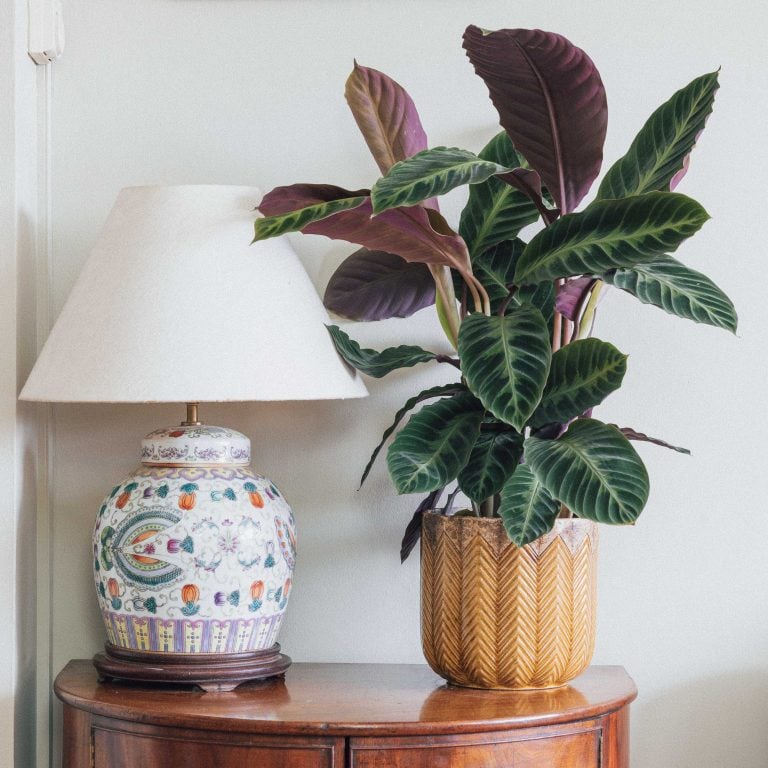
The Dance of Light: Regular Rotation for Balanced Growth
Beyond selecting the right location, the key to success lies in orchestrating the dance of light through regular plant rotation. As the sun’s angle changes with the seasons, rotating your plants ensures that all sides receive equal exposure. This practice prevents uneven growth and leaning towards the light source, promoting balanced and healthy development. The choreography of light, coupled with thoughtful placement, transforms your indoor space into a dynamic, ever-evolving sanctuary for your cherished plants.

